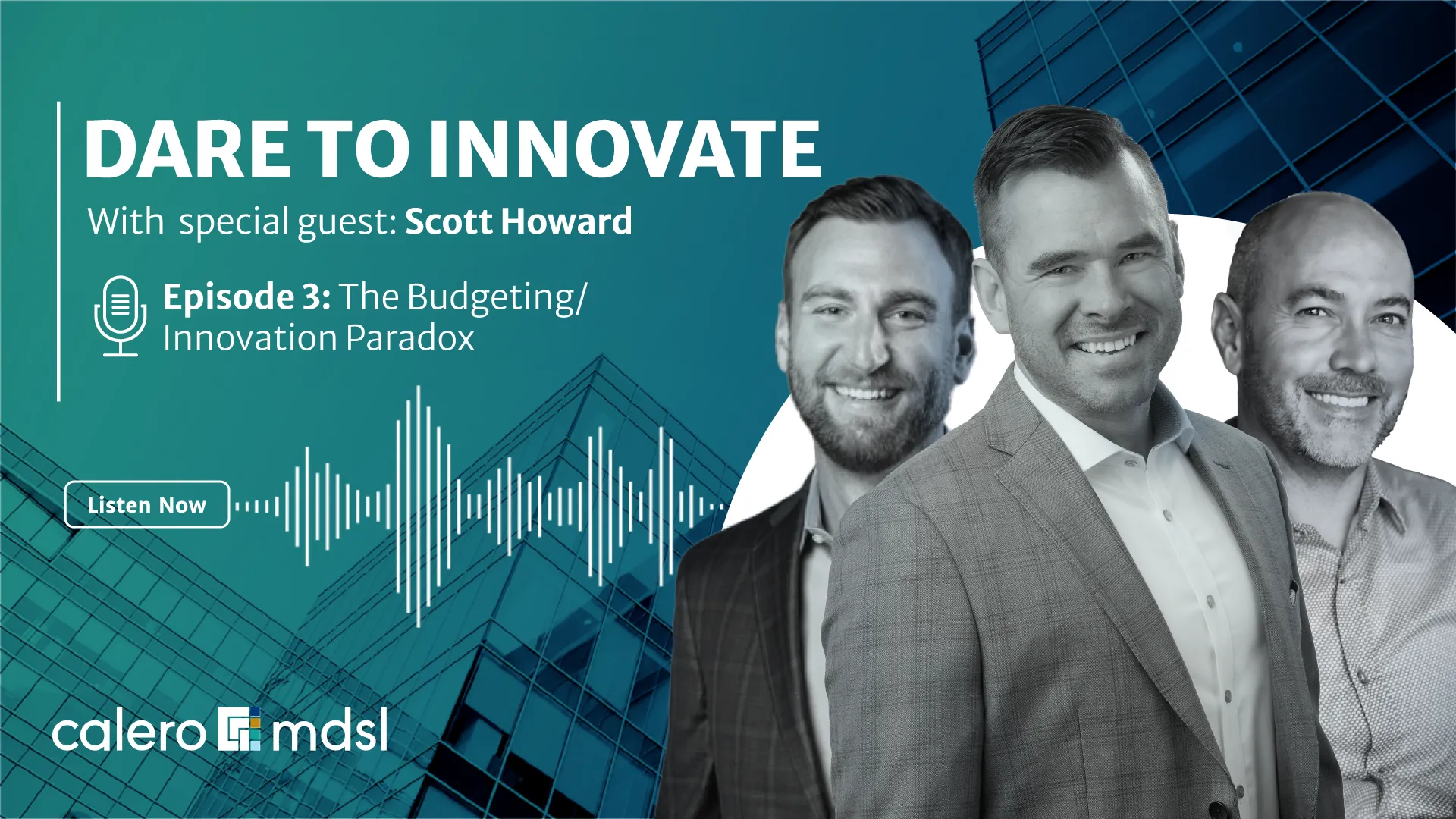Is it paradoxical to be innovative when it comes to budgeting? Budgeting isn’t typically considered to be revolutionary or extraordinary, but as a necessary core function of every business, it is important to remain agile when unexpected market changes occur. Join us as we talk with Scott Howard (VP, Program Consulting) about ways that you can take an innovative look at your company budgets.
Shifting Dynamics in Budgeting
The COVID-19 pandemic fundamentally changed many of our corporate processes, including budgeting. Many standard concerns were no longer a priority as major shifts had to be addressed rapidly, and budgeting took a back seat. Now that companies are starting to revisit the fundamentals, many are taking stock and reevaluating how they think about spend moving forward. What lessons did we learn? What adjustments were made that are still applicable, or are considered waste?
Another facet is the current instability of the US economy. With the concern of a major recession, organizations are already exploring options to adjust for the potential consequences. What was once a fairly standardized process now has to account for more variables than ever.
Demand continues to drive the acceleration of technology, and companies have had to modify their approach to budgeting. Rather than returning to old behaviors, enterprises should reflect on and learn from these investments.
The New Way of Thinking: Agility
It is innovative to recognize the need for spend on innovation, and to budget accordingly. But what does this look like? Agility. Yes, there needs to be certainty, predictability to much annual spend, but allocate a percent for innovation, and accept that the designation may be unknown at first.
With large enterprise focus often on spend management, budgeting with agility and anticipating the need for innovation may be a hard sell. So how do you rationalize this strategy? One way is to look at the ROI, both quantitative and qualitative, rather than just the amount of spend.
Successfully Aligning High ROI Projects
Large enterprises struggle with this notion of budgeting for innovation and leveraging agility. It is critical to build a business case that includes all stakeholders’ inputs for strategic spend. Justify spend with data-backed ROI results to match technology needs with performance-based requirements. Have all stakeholder asks clearly outlined, with projected timelines, ownership, and proof of ROI. Clear and concise messaging will resonate across all decision makers, and will yield richer conversations that can unlock agility and alignment on innovative spend.
How to Plan Ahead
When it comes to budget planning, how do you apply these frameworks? Find an approach that keeps the lights on, while recognizing the value in investing in innovation.
Identify and bucket maintenance vs. innovative spend. With maintenance costs, be realistic. What is absolutely essential, and what can be optimized with low impact to departments and teams? Then, based on that efficiency, how can any savings be used strategically for innovation investments?
In sum, it’s a two-pronged approach:
- Spend that keeps the business moving
- Spend that can be optimized to initiate change and drive the business forward
Watch or listen to the full podcast episode for an in-depth discussion.



